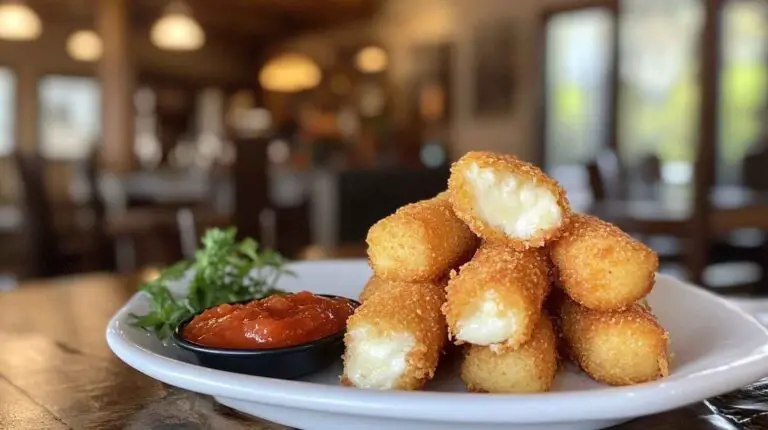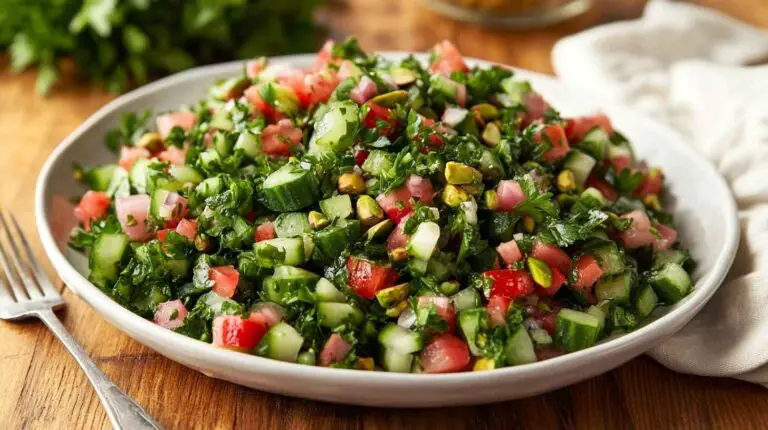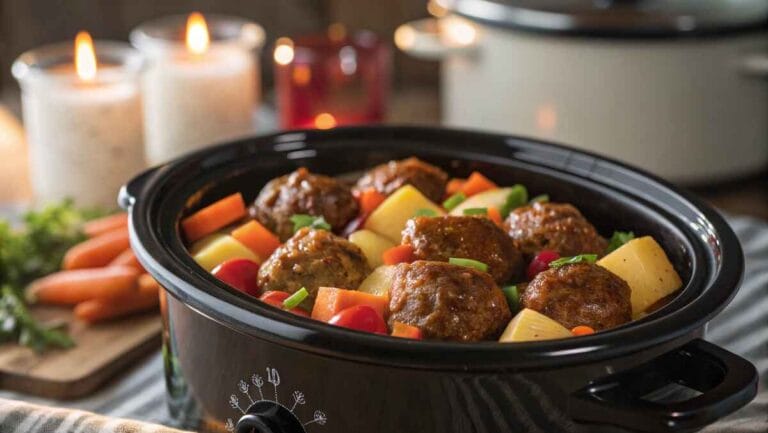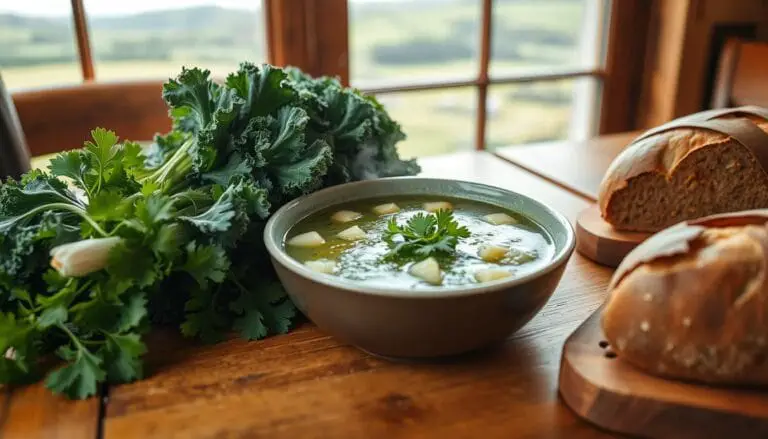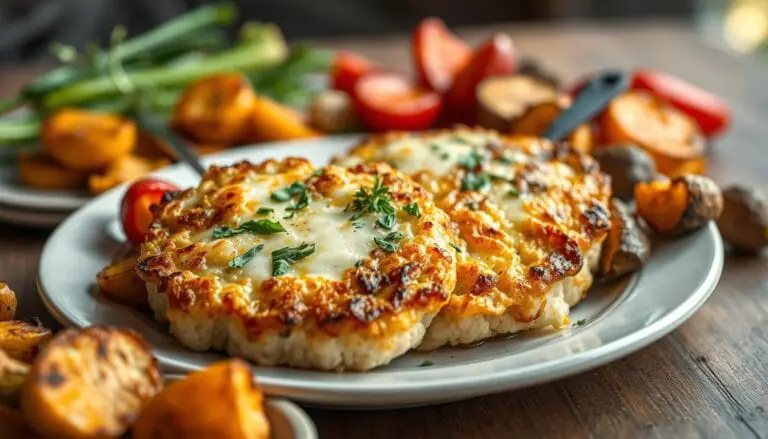What is a Pizza Peel?
A Pizza Peel is a flat, wide tool with a long handle, designed to slide pizzas in and out of hot ovens safely. Made from wood or metal, it prevents burns, helps with precision, and is essential for creating perfect pizzas at home or professionally.
History of Pizza Peels
The history of pizza peels dates back to ancient times when people first started baking bread and pizzas in wood-fired ovens. Early bakers needed a way to safely place and retrieve their dough from the intense heat of these ovens. Thus, the pizza peel was born. Over the centuries, the design of pizza peels has evolved, but their primary function remains the same: to make pizza baking easier and safer.
Table of Contents
Types of Pizza Peels
Wooden Pizza Peels
Wooden pizza peels are the traditional choice for many pizza enthusiasts. They are typically made from hardwoods like maple or beech, which are durable and resistant to warping. Wooden peels have a rustic charm and are less likely to stick to the dough, making them ideal for transferring raw pizzas into the oven.
Metal Pizza Peels
Metal pizza peels, usually made from aluminum or stainless steel, are a more modern option. They are thinner than wooden peels, which makes them great for sliding under cooked pizzas to remove them from the oven. Metal peels are also easier to clean and more resistant to wear and tear.
Composite Pizza Peels
Composite pizza peels are made from a blend of materials, such as wood fibers and resin. These peels combine the best features of both wooden and metal peels. They are lightweight, durable, and have a non-stick surface, making them a versatile choice for any pizza maker.
Choosing the Right Pizza Peel
Size and Shape Considerations
When choosing a pizza peel, size and shape are important factors to consider. The size of the peel should match the size of your pizzas and your oven. A peel that is too large may be difficult to maneuver, while a peel that is too small may not provide enough support for your pizza. Additionally, the shape of the peel can affect how easily you can slide it under the pizza. Some peels have a rounded edge, while others have a straight edge. Choose the shape that works best for your baking style.
Material Preferences
The material of the pizza peel can greatly impact your pizza-making experience. Wooden peels are great for transferring raw pizzas because they are less likely to stick to the dough. However, they can be more challenging to clean and maintain. Metal peels are easier to clean and are ideal for removing cooked pizzas from the oven. Composite peels offer a balance between the two, providing a non-stick surface and easy maintenance.
Handle Length and Design
The handle length and design of the pizza peel are also important considerations. A longer handle can help you reach deeper into the oven without burning yourself, but it may be more cumbersome to use. Some peels have ergonomic handles that provide a comfortable grip, making them easier to maneuver. Consider your oven setup and personal preferences when choosing the handle length and design.
Using a Pizza Peel

Preparing the Pizza Peel
Before you start using your pizza peel, it’s important to prepare it properly. For wooden peels, lightly dust the surface with flour or cornmeal to prevent the dough from sticking. This creates a barrier between the dough and the peel, making it easier to slide the pizza into the oven. For metal or composite peels, you can also use flour or cornmeal, but some people prefer to use a bit of parchment paper for an extra non-stick surface.
Transferring Pizza to the Oven
Transferring a pizza to the oven can be a bit tricky, but with a little practice, you’ll get the hang of it. First, assemble your pizza on the prepared peel. Make sure the dough slides easily on the peel by giving it a gentle shake. If it sticks, lift the edges and add a bit more flour or cornmeal. When you’re ready to transfer the pizza, open the oven door and position the peel at the back of the oven. With a quick, confident motion, slide the pizza off the peel and onto the baking surface.
Removing Pizza from the Oven
Once your pizza is cooked to perfection, it’s time to remove it from the oven. This is where a metal peel really shines. Slide the peel under the pizza, making sure to get it all the way underneath. If the pizza is sticking to the baking surface, use a spatula to gently lift the edges. Once the pizza is on the peel, carefully lift it out of the oven and transfer it to a cutting board or serving platter.
Common Problems and Solutions
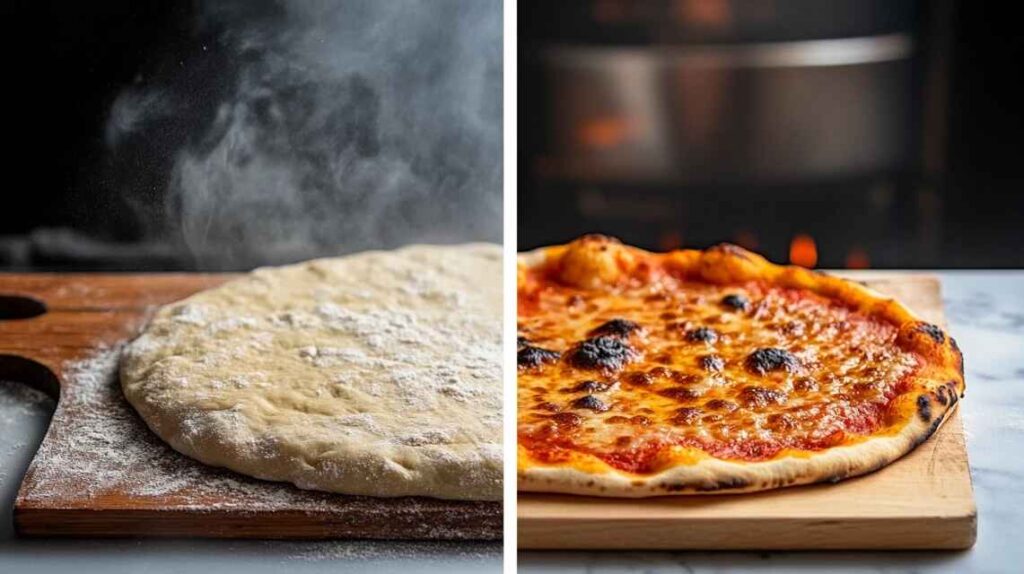
Sticking Dough
One of the most common problems when using a pizza peel is dough sticking to the surface. This can be frustrating, but there are a few tricks to prevent it. First, make sure to use enough flour or cornmeal on the peel. If you’re still having trouble, try using parchment paper under the dough. Another tip is to work quickly when assembling your pizza. The longer the dough sits on the peel, the more likely it is to stick.
Handling Heavy Pizzas
If you’re making a pizza with a lot of toppings, it can be heavy and difficult to handle. To make it easier, use a peel with a sturdy handle and a wide surface. When transferring the pizza to the oven, support the peel with both hands to keep it steady. If the pizza is particularly heavy, you can also use a second peel or a large spatula to help lift and transfer it.
Maintaining the Pizza Peel
Proper maintenance of your pizza peel is essential to keep it in good condition. For wooden peels, avoid soaking them in water, as this can cause warping. Instead, wipe them down with a damp cloth and dry them thoroughly. You can also periodically oil the wood with food-safe mineral oil to keep it from drying out. Metal and composite peels are easier to clean and can be washed with soap and water. Just make sure to dry them completely to prevent rust or damage.
Cleaning and Maintenance
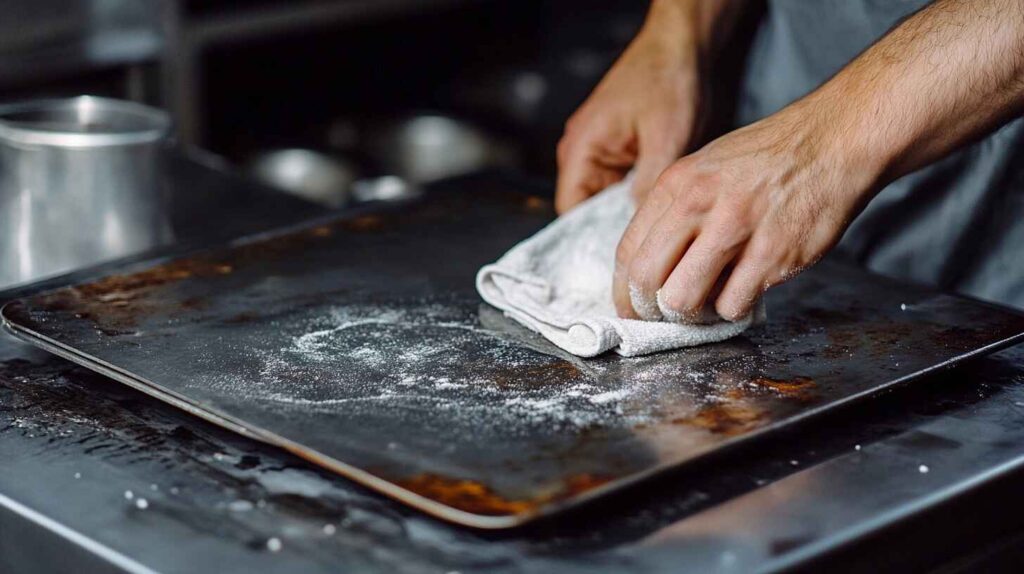
Cleaning a wooden pizza peel requires a bit of care to ensure it stays in good shape. After each use, wipe the peel with a damp cloth to remove any flour or dough residue. If there are stubborn spots, use a mild soap and water solution, but avoid soaking the wood. Dry the peel thoroughly with a clean towel and store it in a dry place. To keep the wood from drying out, you can periodically apply a thin layer of food-safe mineral oil.
Cleaning Metal Pizza Peels
Metal pizza peels are easier to clean than wooden ones. After each use, wash the peel with warm, soapy water and a sponge. Rinse it thoroughly and dry it with a clean towel to prevent water spots. If the peel has any stubborn stains or burnt-on residue, you can use a non-abrasive scrubber to remove them. Store the peel in a dry place to prevent rust.
Cleaning Composite Pizza Peels
Composite pizza peels are low-maintenance and easy to clean. Simply wash them with warm, soapy water and a sponge after each use. Rinse thoroughly and dry with a clean towel. Composite peels are resistant to warping and cracking, making them a durable choice for any kitchen. Store them in a dry place to keep them in good condition.
Enhancing Your Pizza Making Experience
Tips for Perfect Pizza Crust
Achieving the perfect pizza crust can be a game-changer for your homemade pizzas. Here are some tips to help you get that crispy, yet chewy crust every time:
- Use High-Quality Flour: Opt for bread flour or pizza flour, which has a higher protein content than all-purpose flour. This helps create a dough with better elasticity and structure.
- Hydration is Key: A higher hydration dough (more water) can result in a lighter, airier crust. Aim for a hydration level of around 65-70%.
- Knead Properly: Kneading develops the gluten in the dough, giving it the strength and elasticity needed for a good rise. Knead until the dough is smooth and elastic.
- Let it Rest: Allow the dough to rest and rise for at least 24 hours in the refrigerator. This slow fermentation process enhances the flavor and texture of the crust.
- Preheat Your Oven: Make sure your oven is preheated to the highest temperature possible (usually around 500°F or 260°C). A hot oven is crucial for a crispy crust.
- Use a Pizza Stone or Steel: Baking your pizza on a preheated pizza stone or steel can help achieve a crispy bottom crust. These materials retain and distribute heat evenly.
Using Pizza Peels for Other Baked Goods
Pizza peels aren’t just for pizzas! They can be incredibly versatile tools in your kitchen. Here are some other baked goods you can handle with a pizza peel:
- Bread: Use your peel to transfer loaves of bread to and from the oven. This is especially useful for artisan breads that require a hot baking surface.
- Pastries: If you’re baking large pastries or tarts, a pizza peel can help you move them without damaging their delicate structure.
- Flatbreads: Similar to pizzas, flatbreads can be easily transferred to and from the oven using a peel.
- Cookies: For large batches of cookies, a pizza peel can help you slide them onto a baking sheet or directly onto a baking stone.
Conclusion
Summary of Key Points
In this comprehensive guide, we’ve explored everything you need to know about pizza peels. From understanding what a pizza peel is and its historical significance, to choosing the right type and material for your needs, we’ve covered it all. We’ve also delved into the practical aspects of using a pizza peel, including tips for preparing, transferring, and removing pizzas from the oven. Additionally, we’ve addressed common problems and solutions, as well as cleaning and maintenance tips to keep your peel in top condition.
Final Thoughts on Pizza Peels
Pizza peels are essential tools for any pizza enthusiast, whether you’re a seasoned pro or just starting out. They make the process of baking pizzas safer, easier, and more enjoyable. By choosing the right peel and using it correctly, you can elevate your homemade pizza game to new heights. Remember, practice makes perfect, so don’t be discouraged if you encounter a few hiccups along the way. With time and experience, you’ll become a pizza peel pro, creating delicious, restaurant-quality pizzas in the comfort of your own home.


